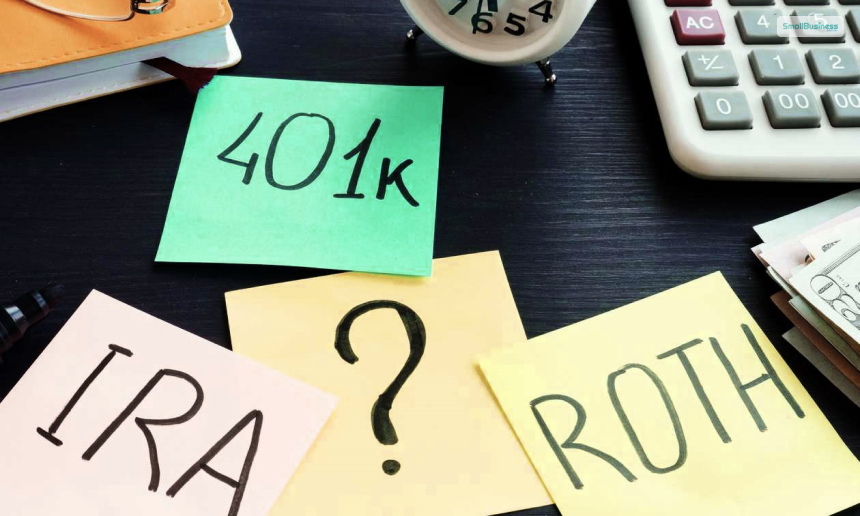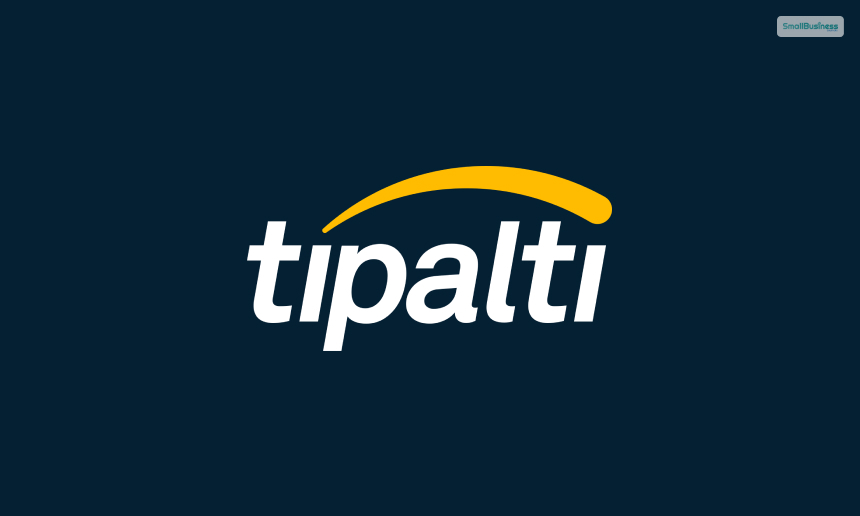Saving for retirement is one of the top financial priorities of many professionals. Although a personal decision, it is a big one since you are investing for your future. Hence, you will need to understand the major differences between the types of retirement accounts available in the US. In this article, we will compare two retirement saving options – Roth IRA vs Roth 401k.
At the start of the article, you will get a general overview of both Roth IRA and Roth 401k, as well as similarities between them. Later, you will learn the major differences between the two account options. Next up, we will help you decide which of these, Roth IRA and Roth 401k, is better for you. Finally, we shall discuss whether you can keep both of these account options or not. Hence, to learn more, read on through to the end of the article.
Roth 401k Vs Roth IRA – A General Overview
According to the Forbes Advisor,
“When you decide you want a Roth-type account, keep in mind that the rules for the 401(k) and IRA aren’t the same. You should know the differences. The knowledge will help you decide which type of account to open. It also might influence a decision of whether to keep money in a 401(k) or roll it over to an IRA.”
Here is the general overview of the two accounts:
What Is A Roth IRA?
The Tax Relief Act 1997 established the Roth IRA system of retirement accounts. Unlike traditional IRAs, these accounts get contributions from the employee’s after-tax money. Hence, distributions from these accounts are free from tax liabilities.
However, your employer will not sponsor Roth IRA accounts. Hence, even if you change your job, you will be able to contribute to the same Roth IRA. You can also select a financial institution to hold your IRA’s custody and the investments that you want to contribute.
What Is A Roth 401k?
This system was created in 2001 by the Economic Growth and Tax Relief Reconciliation Act. Here, basically, all the best parts of the traditional 401k account and Roth IRA are blended to provide employees with something unique.
The employees contribute to the plan from their paychecks directly. Also, employees can also get match contributions from the employer. Here, the employee pays the income tax on paychecks before contributing to the Roth 401k account. Hence, at the time of withdrawal in retirement, these incomes are not taxed.
Difference Between Roth 401k And Roth IRA (2023)
According to Investopedia,
“Both the Roth 401(k) plans and the Roth IRA plans use after-tax dollars, meaning that the owner does not have to pay income taxes when they receive distributions, making this advantageous to those who expect to earn more money later in life. However, there are several key distinctions between a Roth IRA and a Roth 401(k) plan.”
Here are the major differences as of 2023:
Roth IRA
- You can contribute only if you make less than $153,000 (if you are married, then $228,000).
- You can contribute up to $6,500 (for those aged 50 or older, the amount is $7,500).
- There are no required distributions
- If you withdraw before you are 59.5, your earnings are taxed at 10%.
- Unless you roll over your account, you cannot borrow money from your balance.
Roth 401K
- Anyone can contribute to the account.
- You can contribute up to $22,500 (for those aged 50 or older, the amount is $30,000).
- You can start to take distributions at 73.
- If you withdraw before you are 59.5, your earnings are taxed at 10%.
- You can borrow up to 50% of your account balance (only up to $50,000).
401k Roth Vs Roth IRA – Which One Is Better?
Based on your current and future financial needs, you will be able to figure out which of the retirement accounts – Roth IRA and Roth 401k is best suited for you. If you are young and a high earner, and you are very concerned about contributing to your retirement, you must consider owning a Roth 401k account. This is because you have no income caps at the moment.
However, if you are an individual who wants to make large contributions, you can be able to put more than 3x the amount in your Roth 401k account, as compared to a Roth IRA account.
You must choose a Roth IRA account if you want flexibility with your funds as well as more investment options. Furthermore, if you want to leave your retirement account to an heir, choosing a Roth IRA is the better option.
You must note that you can roll your Roth 401k account to a Roth IRA account later in your life. However, you will not need that, provided the changes made in 2023 with SECURE 2.0.
Can You Have Both Roth IRA And Roth 401k?
You can contribute for your retirement to both Roth IRA and Roth 401k accounts. However, there is a condition – you will need to meet all the income limits and restrictions of these options.
According to BankRate.com,
“It is possible to have both a Roth IRA and a Roth 401(k) at the same time. However, keep in mind that a Roth 401(k) must be offered by your employer in order to participate. Meanwhile, anyone with earned income (or any spouse whose partner has earned income) can open an IRA, given the stated income limits.”
However, if you do not possess enough to contribute to both of these retirement options, you must first consider contributing to your Roth 401k account. If you max out your Roth 401k first, you will receive the benefit of a full employer match.
Roth IRA Vs Roth 401k: What Do Investors Need to Watch Out for?
Here are the things investors need to consider while planning their retirement using both of these investment plans –
1. Detailed Tax Implications
Understanding the tax implications of Roth IRAs and Roth 401ks is essential for effective retirement planning.
Both types of accounts let the contributors invest their after-tax money. This means they are paying taxes at the time of investment and not when withdrawing.
However, the nature and the timing of the withdrawals vary a lot. For example, qualified withdrawals from a Roth IRA are tax-free if the account has been open for at least five years and the account holder is over 59½ years old.
On the other hand, while Roth 401k withdrawals are also tax-free under similar conditions, the requirement for minimum distributions (RMDs) can complicate tax planning for retirees.
Furthermore, managing taxable income during retirement can be strategically advantageous; withdrawals from a Roth IRA do not count as taxable income, which may help retirees remain in a lower tax bracket compared to taxable withdrawals from a Roth 401k.
2. Investment Options and Flexibility
Although seemingly similar, these types of investments share massive level of differences and can influence an investor’s choice to invest.
Roth IRAs typically offer a broader range of investment choices, allowing account holders to invest in various assets such as stocks, bonds, mutual funds, and even real estate.
Thanks to this flexibility, individuals can tailor their investment strategies to align with the financial goal they are aiming to achieve. It also allows them to stay aligned with their risk tolerance.
In contrast, Roth 401ks often have a more limited selection of investment options determined by the employer’s plan.
Furthermore, the withdrawal flexibility of a Roth IRA is advantageous; contributions can be withdrawn at any time without penalties or taxes, providing a safety net for emergencies.
This contrasts with the stricter rules governing early withdrawals from a Roth 401k, which may incur penalties if they do not meet certain criteria.
3. Contribution Strategies
contributing to any of these retirement investment plans can prove to be financially helpful for an investor. But, it’s best to start with 401k to receive the employer’s matching contributions.
However, after the investment in the 401k, an employee can consider investing in the Roth IRA for broader investment options. It also offers greater flexibility for withdrawals. For those aged 50 and older, catch-up contributions allow for increased savings potential in both accounts—up to $7,500 for Roth IRAs and $10,000 for Roth 401ks in 2024—providing an opportunity to bolster retirement savings significantly as retirement approaches.
4. Impact of SECURE Act 2.0
when planning your retirement, do consider the changes that are coming to both types of investments after the SECURE Act 2.0. One of the changes that came after this was the RMDs for Roth 401Ks starting from 2024. It allows the account holders to allow their investments grow free of tax.
This change aligns more closely with the current rules for Roth IRAs, which do not mandate RMDs while the account holder is alive. Furthermore, the Act has adjusted catch-up contribution limits and added provisions that make it easier to roll over funds between accounts. Being aware of these changes helps individuals make informed choices about their retirement strategies and maximize their savings potential in light of the new regulations.
Final Thoughts
Roth IRA vs. Roth 401k: Which one is better? Hope this article was helpful in giving you a better idea of both Roth IRA and Roth 401k and what are the key differences between them. You can see from this article that both of these retirement account options are great tools if you want to save for retirement.
Despite having key differences, you will be able to withdraw money tax-free after retirement, provided you avoid withdrawing money early. Do you want to share some more differences between these two retirement saving options? Share your views with us in the comments section below.
Continue Reading:




Leave A Comment